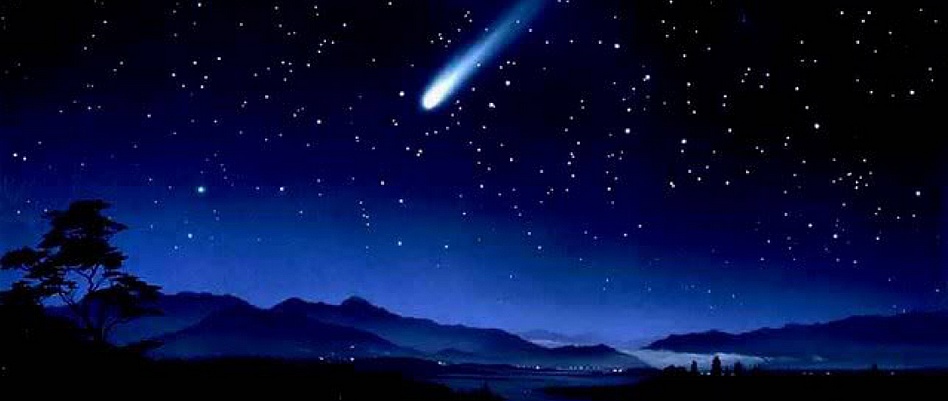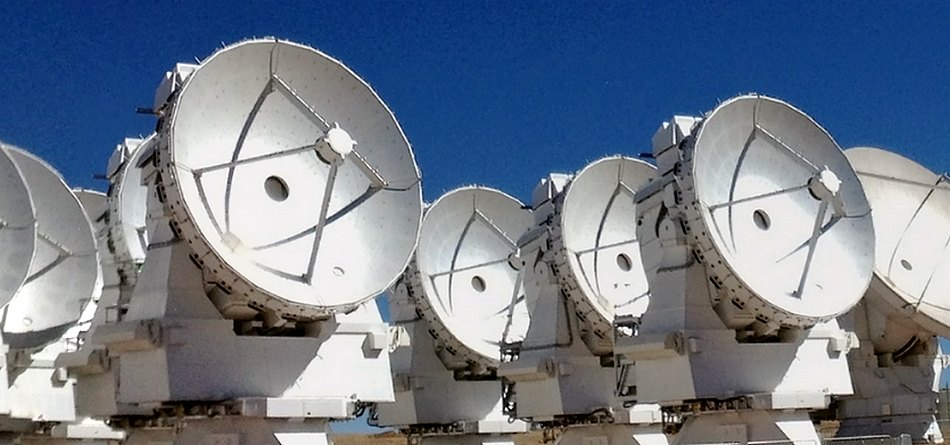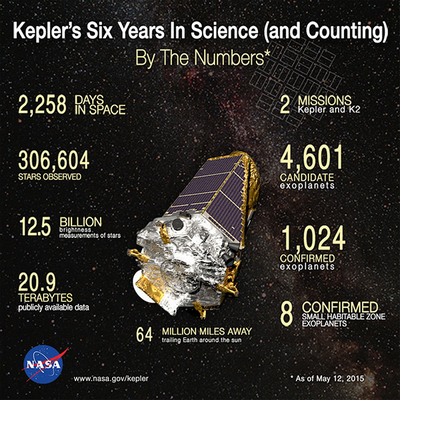
I first got interested in astronomy when I was a child. Visiting one of my father’s brothers and his wife one night with my family, I got bored and amused myself playing pool in their basement. Bored with even that, I rifled a bookcase and found a book on the Messier Objects. I remember being sprawled on the floor fascinated that such things even existed, much less we had photos of them taken through telescopes. Being prior to the Voyager missions, even the planets were still grainy, poorly resolved objects, so this was a great revelation to me. These days, anyone with access to the internet can view the photo catalogs from the HST, the Spitzer IR Telescope, as well as images from the great European and American observatories.
Charles Messier was 14 in 1744 when a six-tailed comet made an appearance in the skies over France. Fascinated, he spent the rest of his life searching for comets and in the process stumbled onto lots of objects that, in crude 18th century telescopes, might at first be mistaken for one, having that same hazy, glowing look that a comet has. Angry that he kept wasting valuable comet hunting time tracking fuzzy little clouds of light that never moved, all of which were then called nebula (cloud or mist), he resolved to start recording their positions on the sky and making the list, now known as Messier’s Catalog, available to others for their convenience.
Ironically, the objects in Messier’s list of nebulae turned out to be far more interesting than comets. As telescopes improved in optical quality and got larger, those nebulae got resolved into spiral galaxies, elliptical galaxies, faint open star clusters, globular star clusters now known to be in orbit around our galaxy, clouds of hydrogen and oxygen in which UV light from nearby stars excites them to fluoresce, and the glowing remnants of recent supernova explosions.
For those interested in exploring the sky on their own, the first piece of equipment you should own is binoculars, preferably 7×50 or 10×50, and a book that teaches you to find your way around the sky. You cannot do better than start with 365 Starry Nights. The author, Chet Raymo, is Professor Emeritus of Physics at Stonehill College and the author of a dozen books. He is also an artist, a naturalist and a religious scientist who believes there’s both beauty and purpose to life and the universe. The book assumes it’s been received as a Christmas present, and begins with a view of the night sky as seen from the northern hemisphere on January 1st. He explains what you’re seeing through beautifully rendered diagrams of the stars, explains how to find other things in relation to those constellations, then describes some interesting objects inside each one. Each night a little more detail is added and the diagrams slowly change with the seasons. It’s probably the most beautiful, poetic, yet informed and useful book on navigating and understanding the night sky I’ve ever seen.
A very nice set of basic but good quality binoculars can be purchased online at Orion Telescopes & Binoculars. This $100 pair of 7×50 binoculars have BAK-4 glass in their prisms and multicoated optics. They’re an excellent yet inexpensive instrument for going beyond naked-eye viewing but still offering wide field views of star clusters, the Milky Way, and brighter Messier Objects. Orion has a stellar reputation for customer service and, being owned and run by amatuer atronomers, will gladly work with a beginner and make recommendations or work to resolve equipment problems.
Two other basic pieces of relatively high quality yet affordable entry level equipment are an 8″ or 10″ dobsonian reflector and/or a 3″-4″ refractor. Both are easy to set up, easy to use, and can provide hours of fun. Of the two, you will always get more bang for the buck with a reflector simply because they are easier to produce, both optically and mechanically. That said, a high quality refractor provides very crisp, high contrast images and are generally smaller and more portable. You milage may vary.
10″ “Go-To” Dobsonian Telescope
Celestron Omni XLT 102 Refractor Telescope
Orion ED80T CF
Some excellent books for a the backyard astronomer include Nightwatch, a general introduction to amatuer astronomy and equipment and Turn Left at Orion a book that concentrates on helping you locate objects for binoculars and small telescopes.
Years ago, my youngest daughter and I traveled through Arizona and Utah together. If you never been under desert skies at night you’ve never seen a night sky in all its splendor. The Milky Way is a stream of stars from horizon to horizon, like a river of sparkling light overhead. In and around the Milky Way, stars are so dense it’s almost impossible to pick out constellations, simply because so many stars normally washed out into the background are brilliantly visible. Nebulae and star clusters are visible to the naked eye and are spectacular in binoculars. We spent several nights parked out in the wilderness sky watching from the back of our Jeep Cherokee while Jewel played on the CD player inside. That same daughter and I spent a wonderful night near Gettysburg watching a Perseid meteor shower from my Mustang convertible. Astronomy is something you can certainly enjoy alone, but it’s even better if you can find someone to share it with.
The Deep Sky Videos channel from the astronomers at University of Nottingham.
NASA’s Great Observatories


